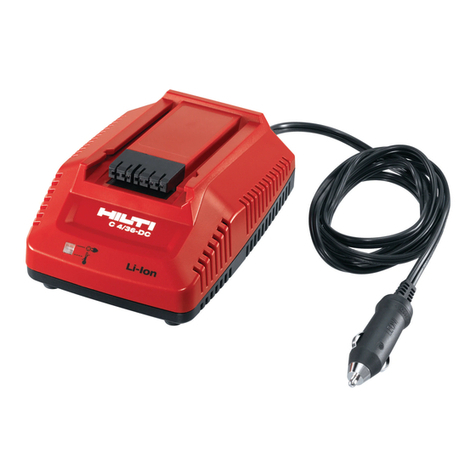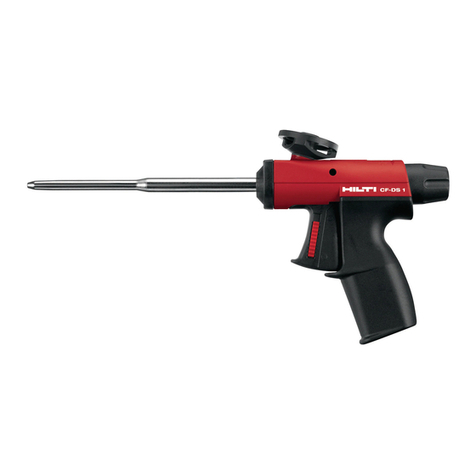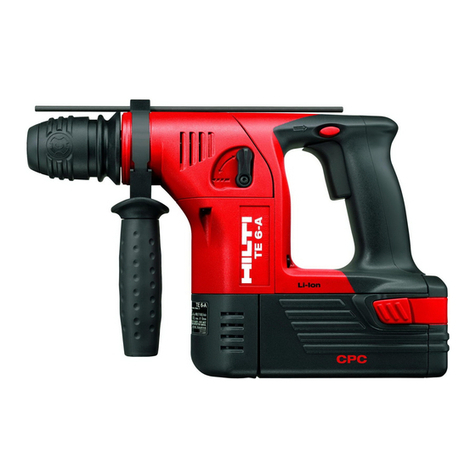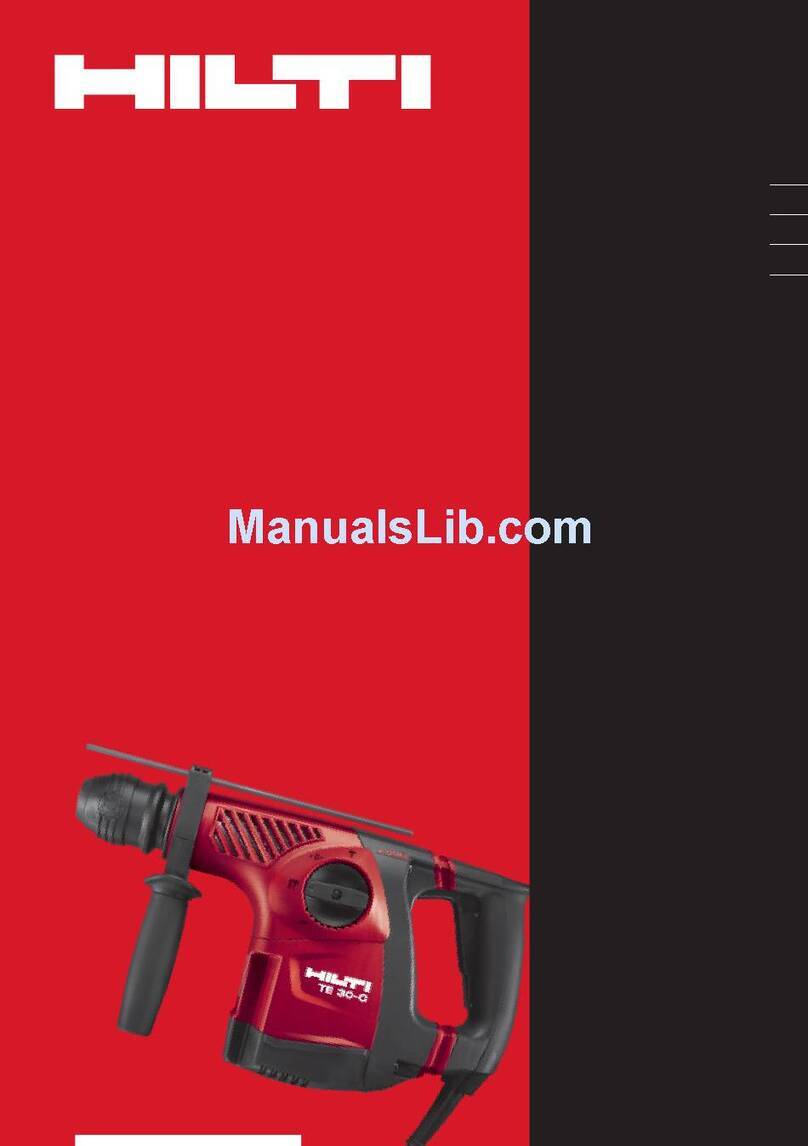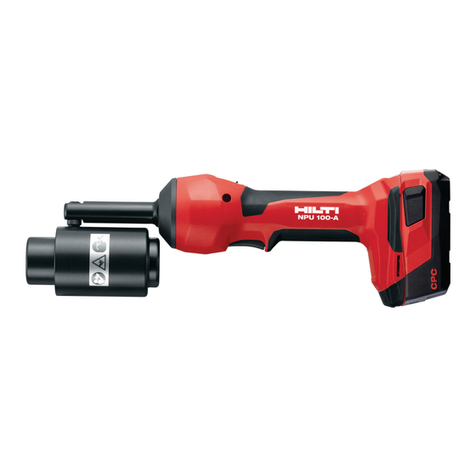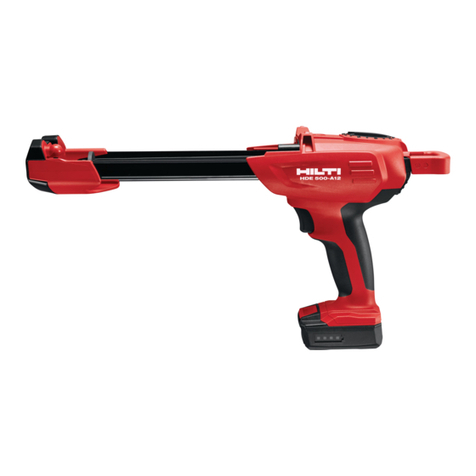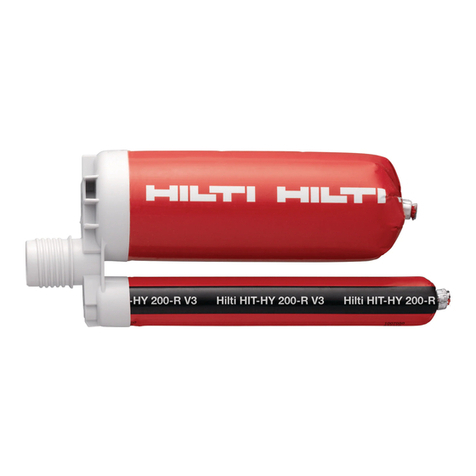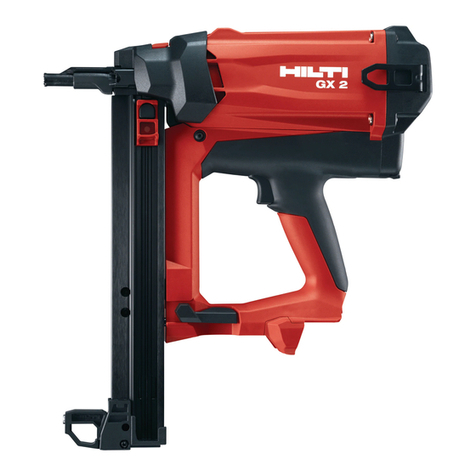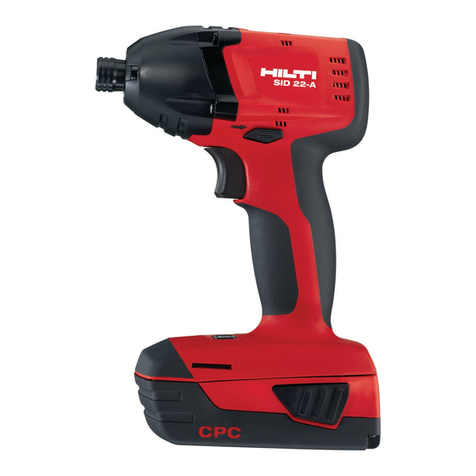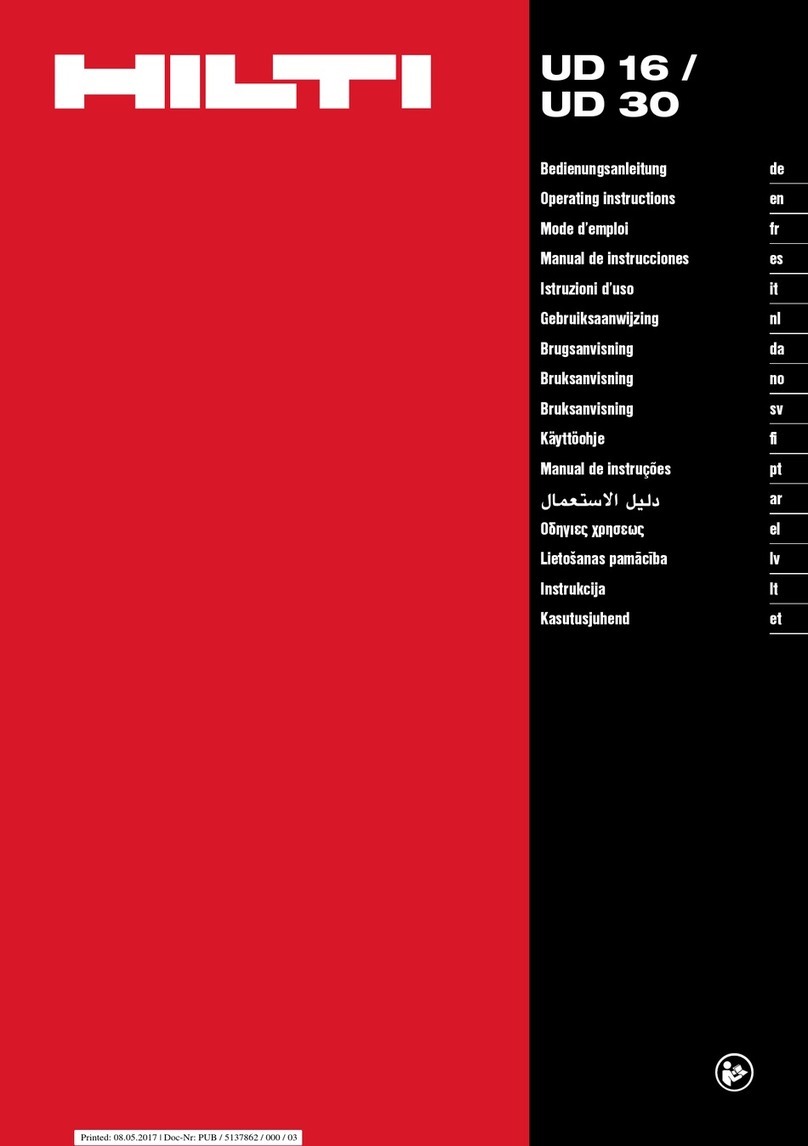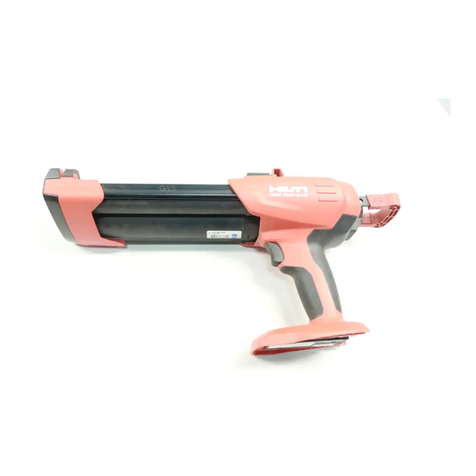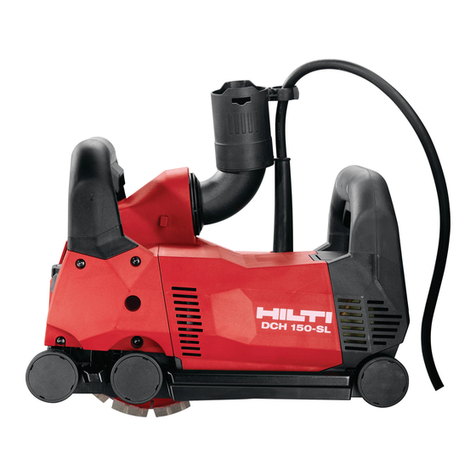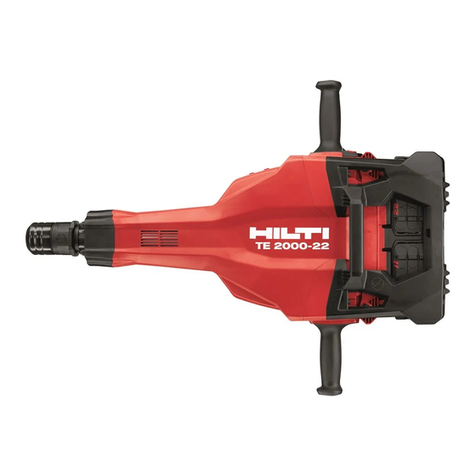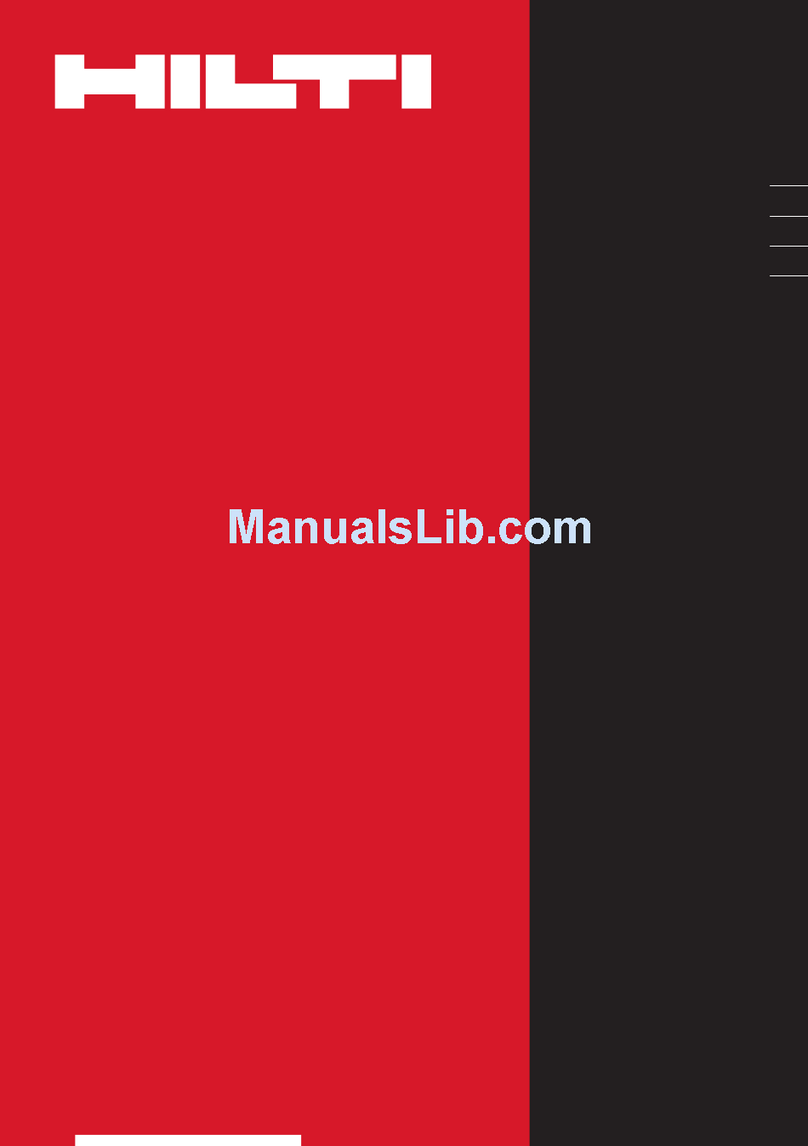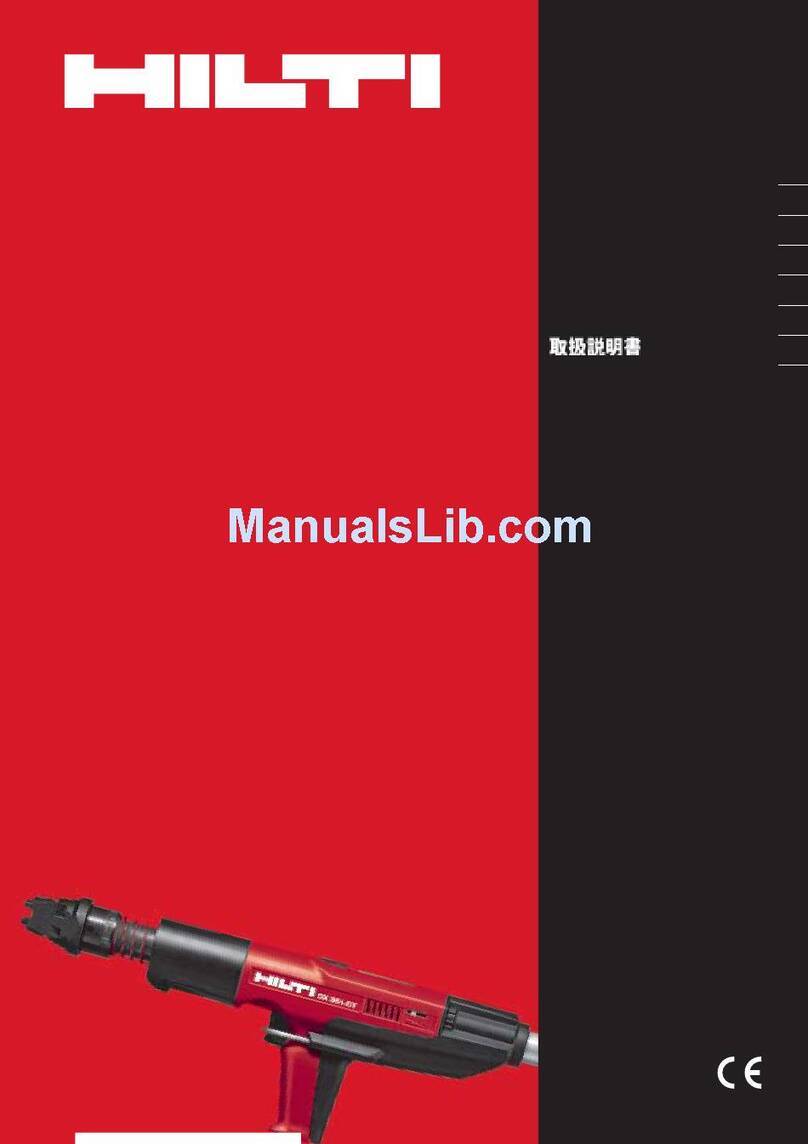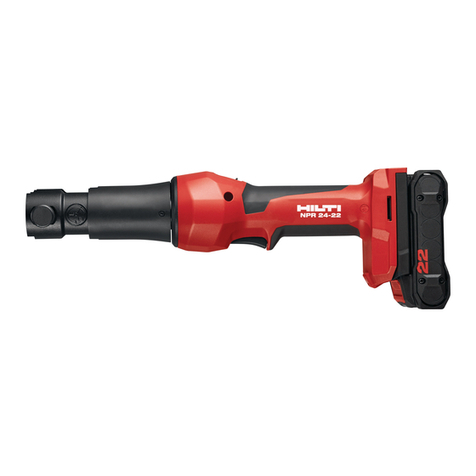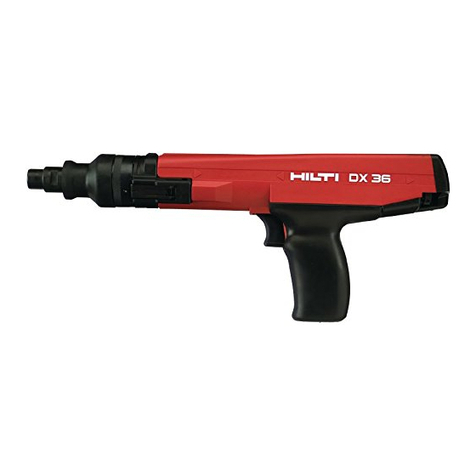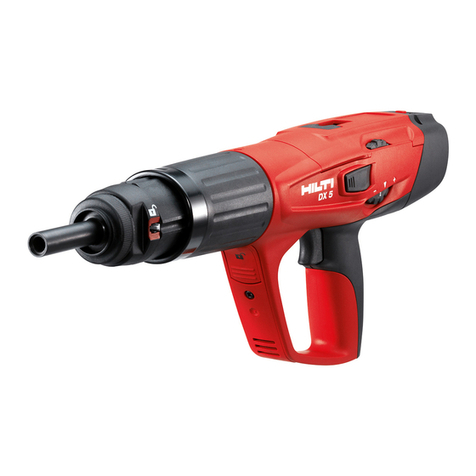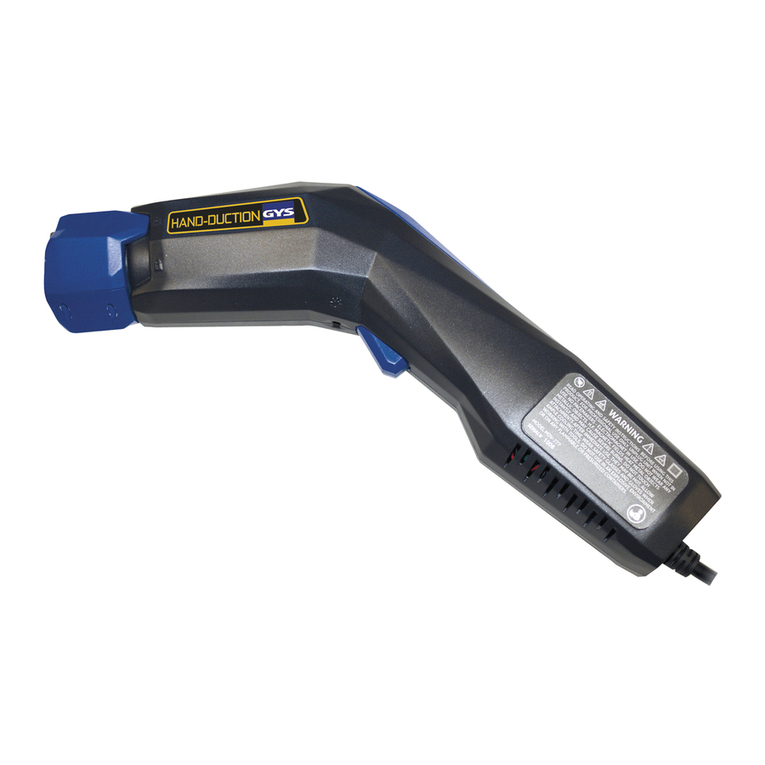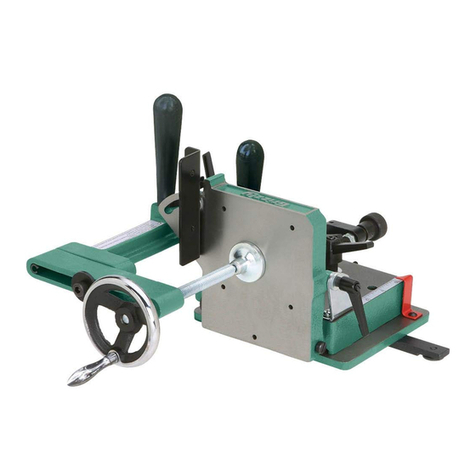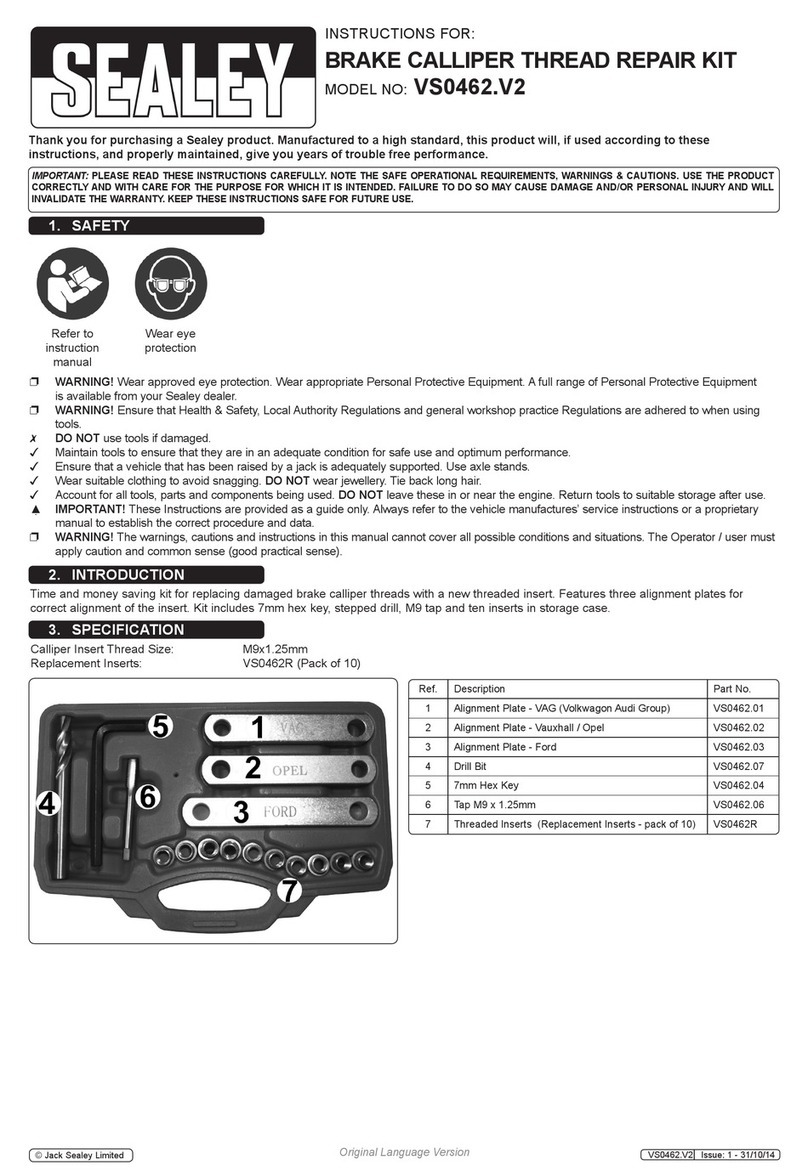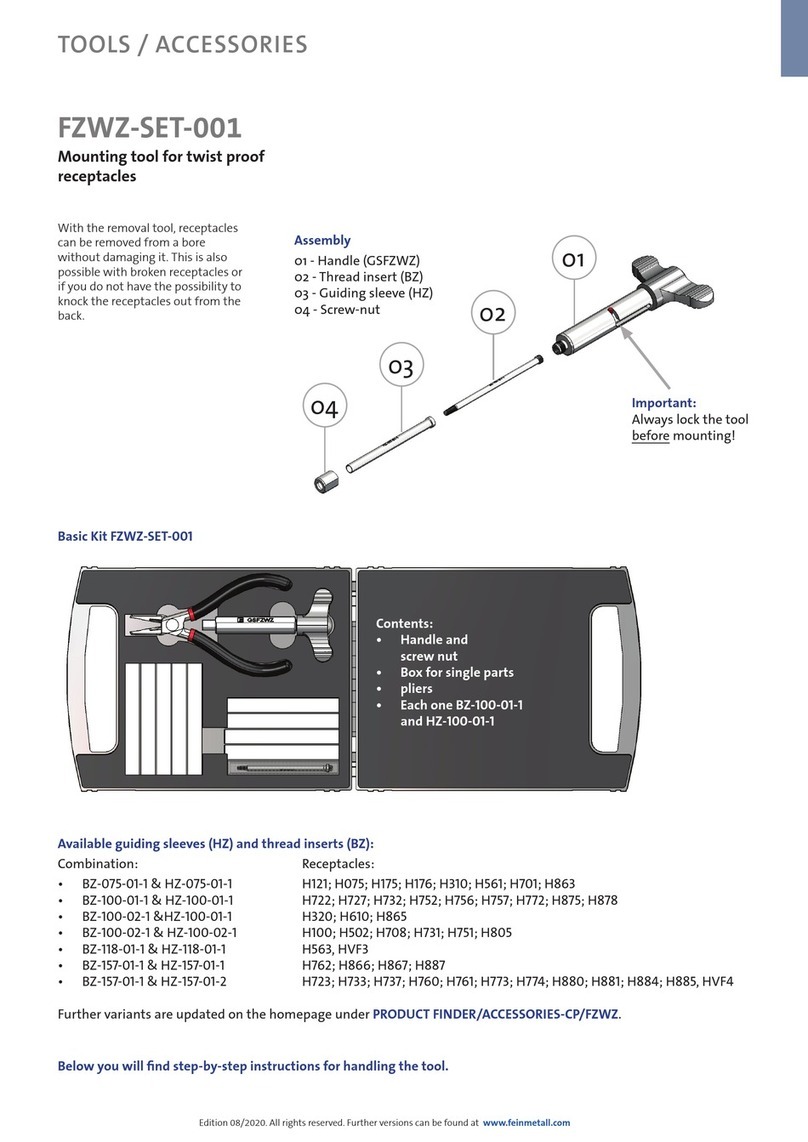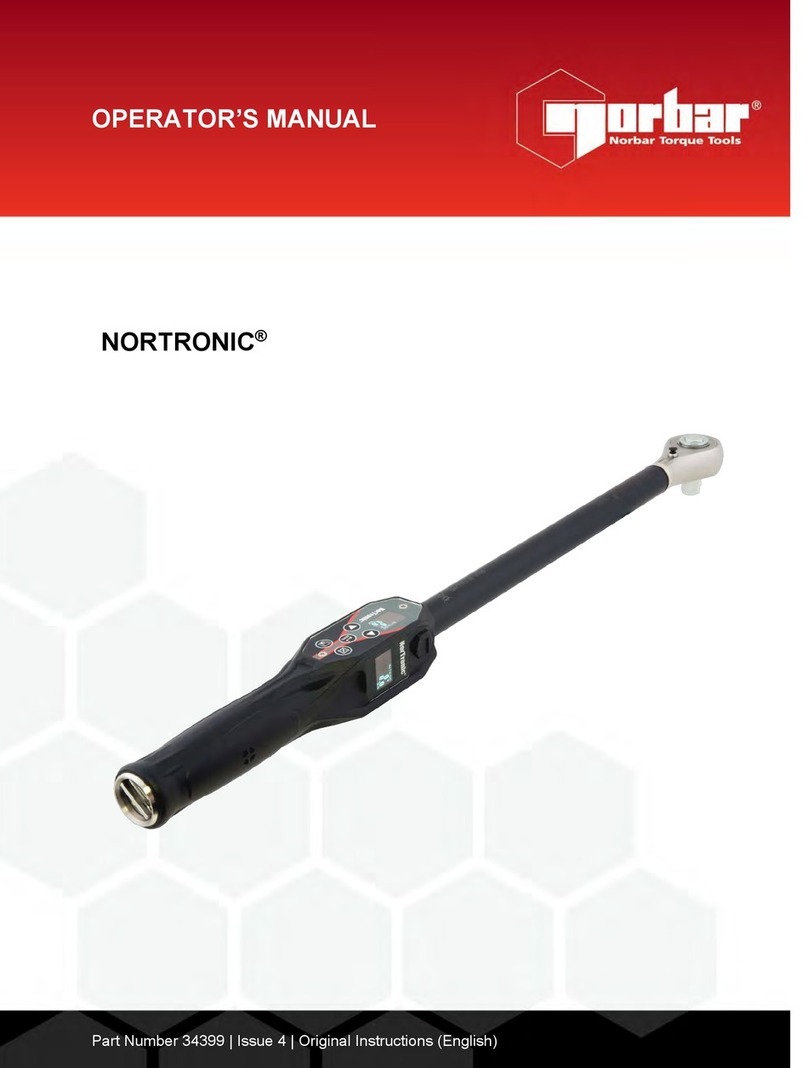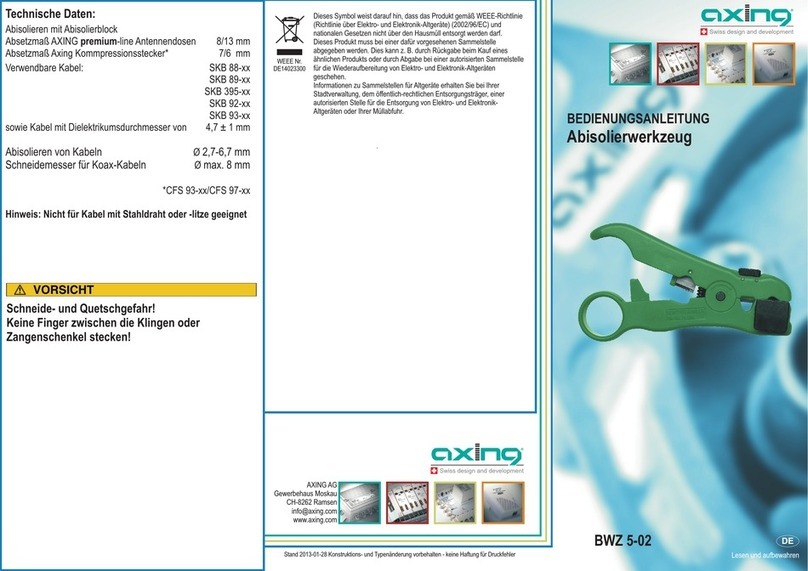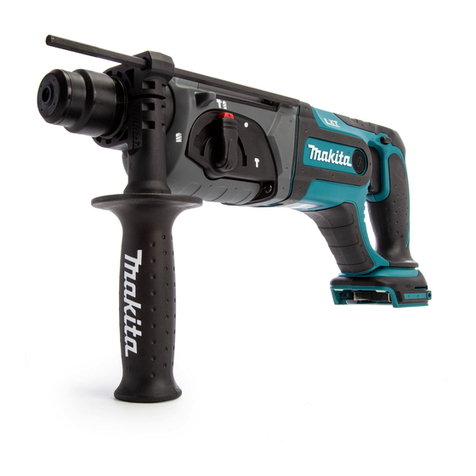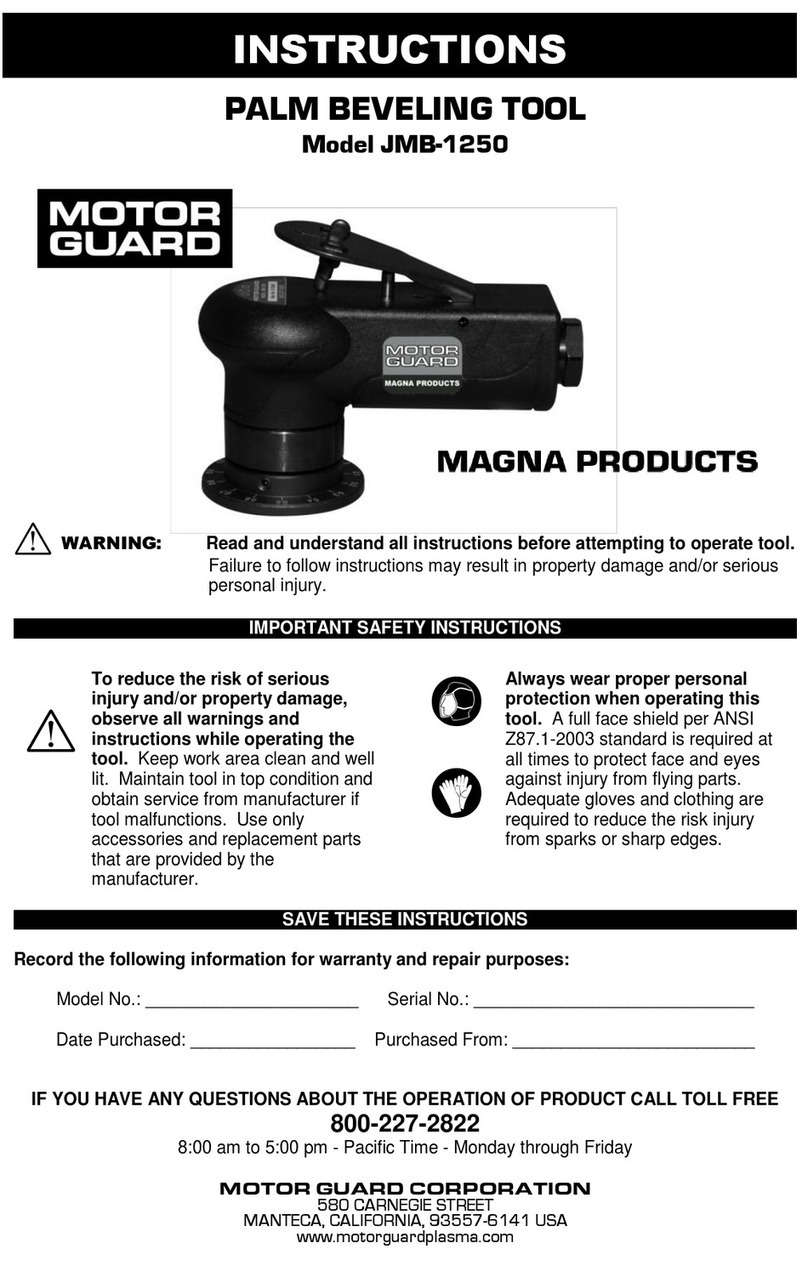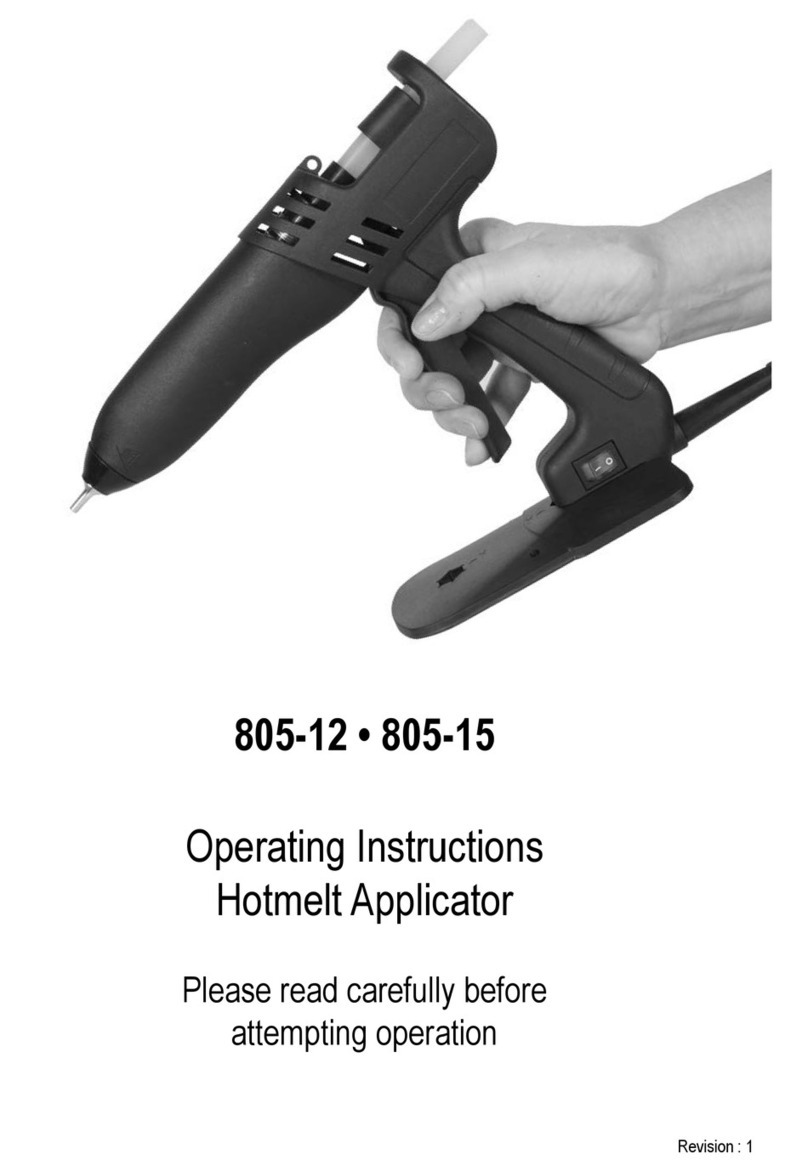3
en
5. Safety precautions
5.1 Basic safety instructions
In addition to the safety precautions listed in the indi-
vidual sections of these operating instructions, the fol-
lowing points must be strictly observed at all times.
5.2 Use as directed
The tool is intended for professional use by persons who
have received adequate instruction in the correct, safe
operating procedures.
●Manipulation or modification of the tool is not per-
missible.
●To avoid the risk of injury, use only original Hilti fas-
teners, cartridges, accessories and spare parts or
those of equivalent quality.
●Observe the information printed in the operating instruc-
tions concerning operation, care and maintenance.
●Never point the tool at yourself or at any bystander.
●Never press the nosepiece of the tool against your
hand or other part of your body (or other person's
body).
●Drive fasteners only into steel. Do not attempt to drive
fasteners into other materials or into hardened or brit-
tle steel, cast iron or spring steel.
●The tool and its ancillary equipment may present haz-
ards when used incorrectly by untrained personnel or
not as directed.
●Pull the trigger only when the nosepiece of the tool is
in contact with the base material and pressed down
fully.
●Always hold the tool securely, perpendicular to the
work surface. This will reduce the possibility of the
fastener ricocheting off the work surface.
●Never redrive a fastener. This may cause the fastener
to break or shatter.
●Always observe the following application guidelines:
– Minimum distance to edge of substructure: 7 mm
(1/4″)
– Minimum distance between fasteners: 25 mm (1″)
– Minimum thickness of substructure: 3 mm (1/8″)
5.3 Take the necessary precautions at the workplace
●Ensure that the working area is well lit.
●Operate the tool only in well-ventilated working areas.
●Keep the workplace tidy. Objects which could cause
injury should be removed from the working area.
Untidiness at the workplace can lead to accidents.
●Wear non-slip shoes.
●Never point the tool at yourself or at any bystander.
●The operator and all persons in the vicinity must wear
goggles and a hard hat.
●It is recommended that protective gloves and non-slip
shoes are worn when working outdoors.
●When not in use, the tool and cartridges must be kept
locked up and always out of reach of children.
●Keep children away form the working area. Keep other
persons away from the working area.
●Avoid unfavorable body positions. Work form a secure
stance and stay in balance at all times.
●Keep the arms flexed while using the tool (do not
straighten the arms). Stop using the tool if you expe-
rience pain or feel unwell.
●Before driving fasteners, check that no one is present
beneath the sheet metal being fastened.
5.4 General safety precautions
●Use the right tool for the job. Do not use the tool for
purposes for which it was not intended. Use the tool
only as directed and when it is in faultless condition.
●Take the influences of the surrounding area into account.
Do not use the tool where there is a risk of fire or explo-
sion.
●Keep the grips clean, dry and free from oil and grease.
●Press the tool against the work surface at right angles.
●Never pull the magazine back with the hand. Under
certain circumstances, this could cock the tool, mak-
ing it ready for firing. When the tool is ready to fire,
the piston or a fastener could be driven inadvertently
into a part of the body, or free-flighted.
●Never leave a loaded tool unattended.
●Always remove all cartridges and fasteners from the
tool before carrying out cleaning, servicing or main-
tenance.
●When not in use, the tool must be unloaded and stored
in a dry place where it is locked up or out of reach of
children.
●Never compress the tool while manipulating the release
catch, as this might result in injuries to the hand of
the operator.
●Check that moving parts function correctly without
sticking and that no parts are damaged. All parts must
be fitted correctly and fulfill all conditions necessary
for correct operation of the tool.
●Check the tool for possible damage. Protective devices
and any parts that may have suffered slight damage
should be checked for correct operation and func-
tionality before further use. Damaged safety devices
or other damaged parts must be replaced or repaired
properly by an authorized repair workshop unless oth-
erwise indicated in the operating instructions.
●Never use a tool that is damaged, incomplete or not
in perfect working order.
